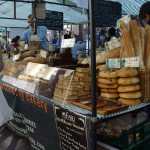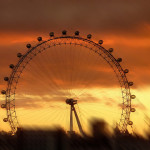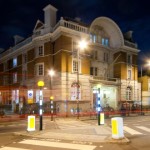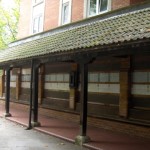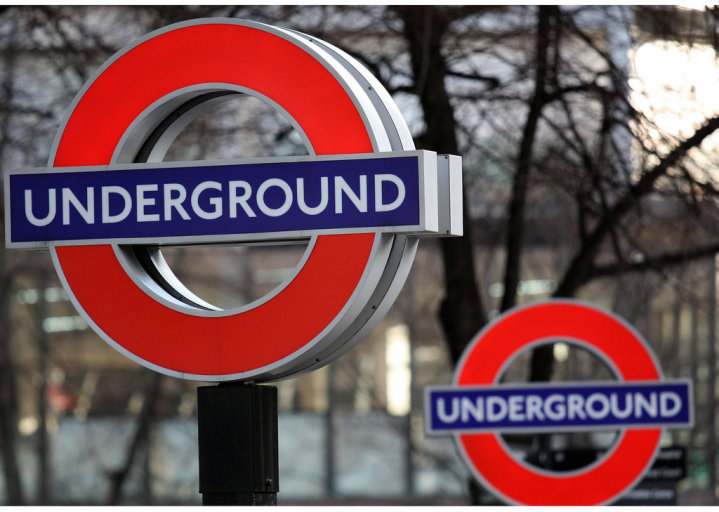
For outsiders, negotiating the vast London Tube system can be a daunting prospect. Gazing at the network’s web-like map that was designed by Harry Beck in 1931 can be a bit like staring at an abstract painting, or one of those magic eye drawings that never seems to come into focus. It’s also worth using a London Tube planner such as – www.tfl.gov.uk/tube/
But once you’ve come to terms with some of the basic rules of the Underground, it’s amazing how simple it is to use. So here’s a few handy tips to help you get your head around one of the world’s oldest and most iconic transport systems:
Firstly, you should try to get hold of a Tube map and familiarise yourself with the names of the ‘lines’ and the respective colours that are used to denote them. Maps are available for free at most Tube stations, or you can download one online.
Next up, make sure you know what time the trains run from and till. Those coming from overseas are often amazed by how early things shut in the UK – and this applies to the Tube network too. Trains operate from Monday to Sunday but stop at around 12.30 in the morning, and even earlier on Sundays. If you wind up missing the last train (a common occurrence amongst the capital’s late night revellers) then be prepared to tackle London’s night bus stampede, or to stump up the cash for a taxi.
As with everything nowadays, the Internet can also make tube travel easier. You can plan your trip online using Transport for London’s Journey Planner. You can even choose routes with the fewest changes and routes with the least walking between stops.
Speaking of walking, a common error made by visitors to London, England is to mistake the Tube map as being to scale. In fact, it is not, and whilst some stations appear a sizeable distance from each other, they are often easily traversed on foot.
Once you’ve entered a station, you should purchase your ticket before boarding a train. The manual ticket machines are simple to use, with on-screen instructions available in other languages. Alternatively, there are manned ticket booths where you can buy a ticket and also ask any questions about your journey.
Once on the platform, you should check the front of the incoming train for the final destination to ensure you are heading in the right direction. The trains themselves have maps inside so you can be prepared to exit before you reach your stop.
Last but not least, there is a Tube etiquette that many Londoners devoutly adhere to. Don’t worry, the worst that will happen if you contravene any of the standard procedures is a rolling of the eye balls and a disdainful ‘tutting’ sound. But to help you avoid any of the typical faux pas, you should remember the following:
• Don’t stand on the left side of the escalators. This side is designated for ‘walkers’.
• Let people off trains before getting on.
• If carrying a rucksack, stand with it by your feet, rather than on your back, to avoid taking up the space of two people.
• Avoid congregating at the entry point for platforms. This can cause bottleneck.

